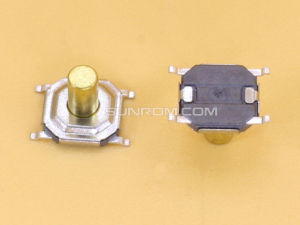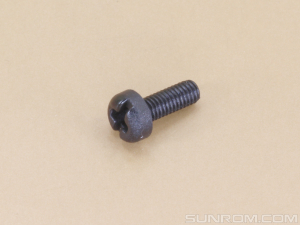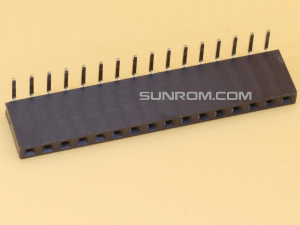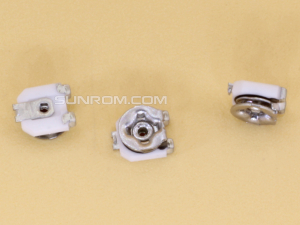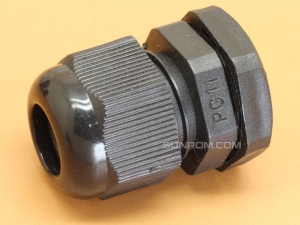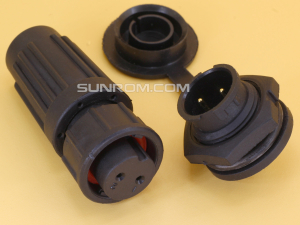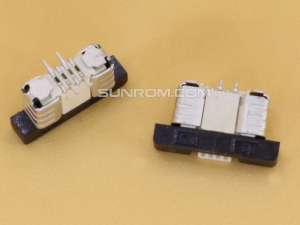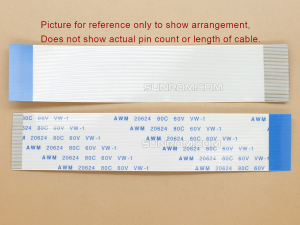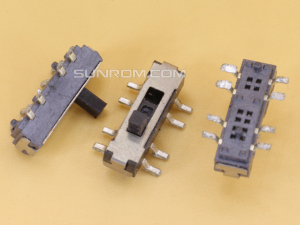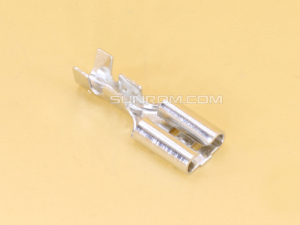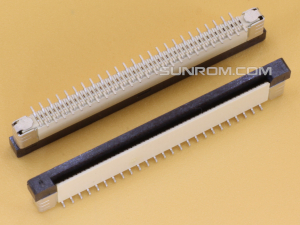Heat Shrink Tube - 20mm Dia, Black, 1 Meter Length
Waterproofing cables and contacts
Heat shrink tubing (or, commonly, heat shrink) is a tube which shrinks in diameter when heated. Shrinks to 50% of its diameter core after heat is applied to it with the help of heat gun.
Heat shrink sleeve containing a completely thermoplastic covered interior surface.
On heating, the diameter of the sleeve reduces by 2:1, and the interior resin melts. On cooling, the sleeve and the resin harden. This combination guarantees resistance to pullout and a perfect waterproofing for your connections, the whole preventing a sleeve from slipping. In the case of a connector mounted on a cable (coaxial for example), this sleeving ensures a reinforcement at the place where the cable is generally subject to stress when the radius of the curve is low.
Heat shrink is used to insulate wires offering abrasion resistance and environmental protection for conductors, connections, joints and terminals in electrical engineering. It can also be used to repair wires or bundle them together, to protect wires or small parts from minor abrasion, and to create cable entry seals, offering environmental sealing protection between bulkheads and adding sealability to electrical junction boxes.
The tubing is placed over the connection to be protected and then heated with an oven, hot air gun or similar tool. Convenient, but less effective, methods for shrinking the tube include a soldering iron (held in close proximity, but not touching the tube) or the heat from a lighter. These processes cause the tubing to contract as far as one sixth of its original diameter (dependent on the heat shrink, 2:1 is the most common), providing a snug fit over irregularly shaped joints. This provides good electrical insulation, protection from dust, solvents and other foreign materials, as well as strain relief. If overheated, heat shrink tubing can melt, scorch or catch fire like any other plastic
Examples of Heat Shrink Tubing






